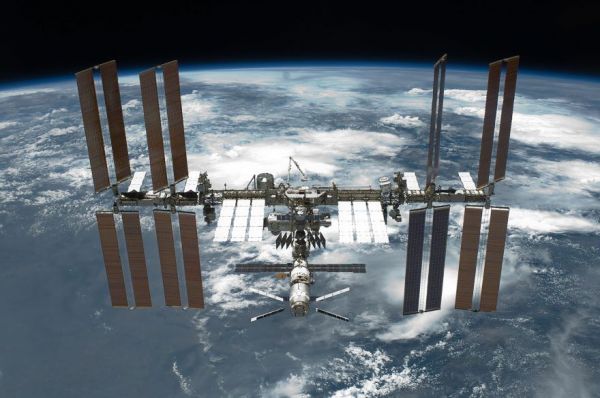
NASA will decommission the ISS in 2030, after 32 years of service. The space station is the largest object in orbit, longer than a football field, so bringing it down is a project that scientists and engineers have spent years planning. Taking the station apart and bringing back the pieces one by one is not a part of those plans, since we don't have the spacecraft to even send our own astronauts up there. Instead, after all astronauts have left and taken the usable equipment, the station will be allowed to drift from its orbit at 250 miles up. Over a few months, the ISS should be down to around 150 miles above the earth. Then, an unmanned SpaceX vehicle operated by NASA will drag the station further down.
Most of the ISS will burn up as it reaches the atmosphere on re-entry, but 10-20% is expected to remain intact, and that's 180,000 pounds. The crucial part is determining where that debris will land. The de-orbit will have to be controlled so that the ISS lands in the southern part of the Pacific Ocean, the least populated area of the world. Read more details on the plans to bring down the ISS at Gizmodo.
(Image credit: NASA)





